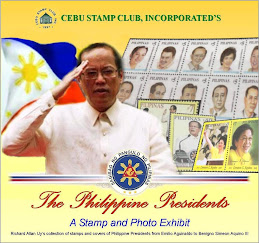Today in Philippine History (Philatelic Edition Series 3):
JULY 31, 1900
The Battle of Paye was a battle fought between the United States and the Philippines during the Philippine-American War.
It happened on July 31, 1900 at Sitio Paye near Barangay Balimbing in the town of Boac, Marinduque. The Americans called it a skirmish while the Filipinos refer to it as a battle.
1st Lt. Wiliam S. Wells, leader of the Company A, 29th USV led his troops to a reconnaissance patrol to Balimbing.
While on their way, they were ambushed by the 2nd Guerrilla forces of Capt. Teofilo Navaroso Roque.
As they escaped the attack, two Americans were wounded while two were captured. The Americans reached the Boac Church and stayed there.
When night fell, the guerrillas torched a portion of Boac called Mataas na Bayan which is near the church, in an attempt to flush out the Americans.
Although they failed, the guerrillas succeeded in paralyzing Company A while the residents of Boac fled the town leaving it deserted.
People in Marinduque by virtue of Republic Act No. 9749, commemorate July 31 of every year as the Battle of Paye Day in remembrance of the victory of the Marinduqueno revolutionaries against the American soldiers on July 31, 1900 in Sitio Paye, Barangay Balimbing, Boac.
(Design, concept, stamps and research: Richard Allan B. Uy) All rights reserved
Photo credit: wikipedia.org




.jpg)





























































